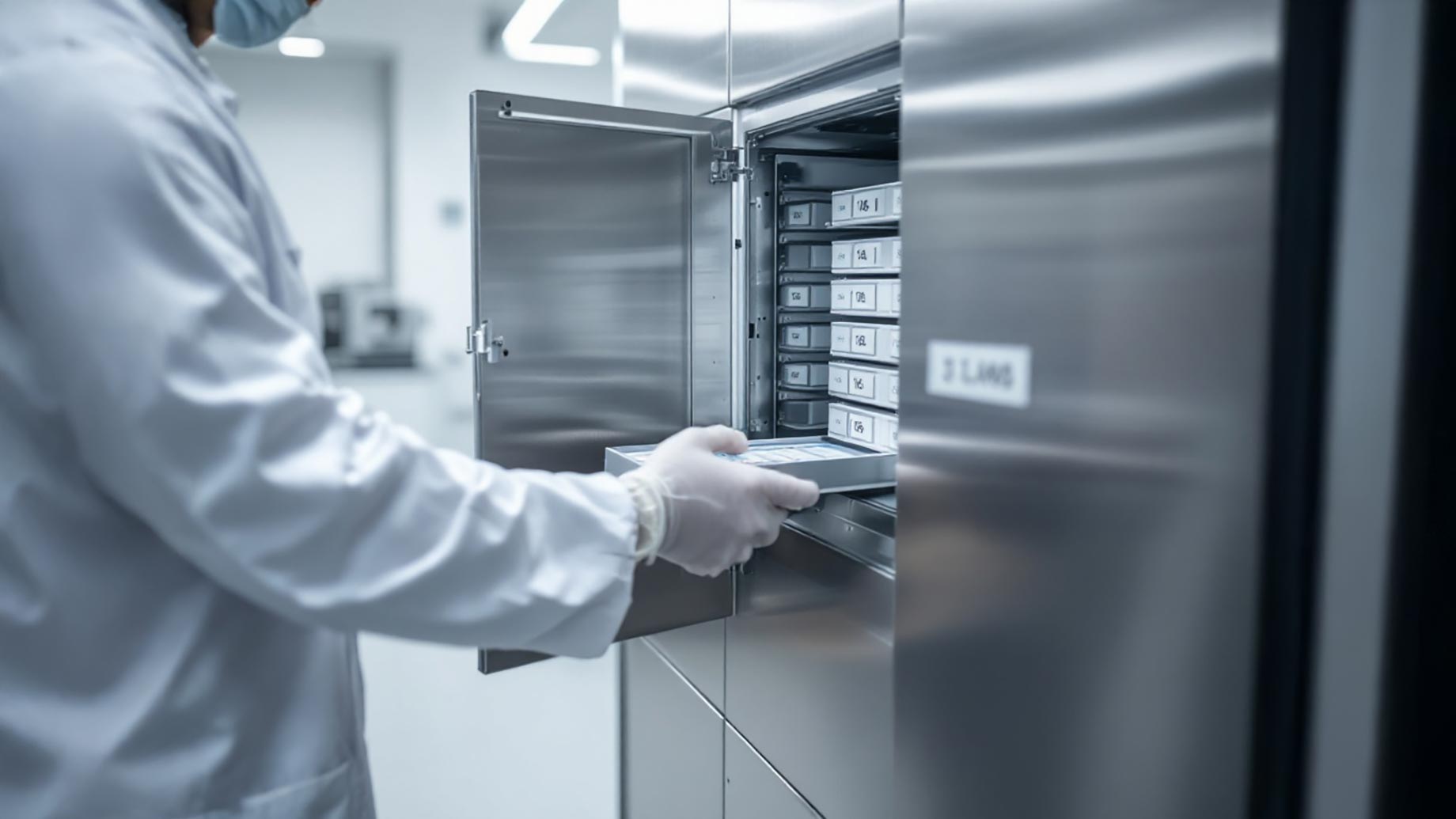
When dealing with laboratory science, tissue samples and specimen slides always have something to do with a lot of time and effort invested, not to mention the amount of money that comes along. These thin glass products need more than just a room; they need a cabinet specifically built for microscope slides to guarantee the safety of these items.
The proper containment of samples or their abuse often stems from decisions on infrastructure for safekeeping, which may sound like the most boring things, but are of key importance for sustained research integrity.
If you’re looking for further information, you can see more at Eberbach Cabinets.
Protection Against Environmental Factors
Quality microscope slide cabinets predominantly serve as protective units of specimen preparation against harmful environmental factors. Environmental dust, fluctuations in humidity, and exposure to light can damage the slides that compose the research information or education tools. These environmental hazards are painstakingly managed by high-end storage solutions, which maintain the preparations in controlled microenvironments.
Try to select cabinets with tightly fitting doors fitted with piano-hinge type doors, ensuring that sliding and PCBs are sealed and isolated from airborne impurities. This eliminates depression and wear from using preservatives, resulting in the clarity of the sample being maintained for years or even decades.
Organizational Efficiency
Besides the most fundamental aspect of safety, efficient microscope slide cabinets can improve how patients’ samples are managed by giving structure. Some of the most advanced models include a set of aluminium alloy numbered trays which are mathematically arranged, further aiding the researchers in creating an indexing system for rapid sorting of the samples. It is useful in schools or research settings where slide collections are used by multiple persons because a multi-user access sliding door and aluminium frame position can prevent the users from accidentally damaging the collections.
It is advisable to select cabinets with slide-out/sectional designs because they can use standard 75×25 mm microscope slides and 75×50 mm larger samples.
Space Optimization
Laboratory real estate comes at a premium, making spatial efficiency a critical consideration when selecting microscope slide cabinets. Modular systems with stackable components maximize vertical storage capacity while minimizing footprint requirements. The most innovative designs feature disappearing doors that don’t protrude into the workspace when open, allowing cabinets to be positioned in tight configurations without accessibility compromises.
Capacity Considerations
Consider immediate storage needs and future expansion requirements when evaluating microscope slide cabinets. Premium storage solutions often feature compartment designs that accommodate stacked slides, doubling nominal capacity when necessary. This flexibility provides cost-effective scaling without requiring immediate investment in additional cabinet infrastructure.
Material Quality and Longevity
The construction materials directly impact cabinet longevity and specimen protection. Industry-leading microscope slide cabinets utilize durable aluminum trays that resist warping or corrosion, maintaining precise alignment that prevents slide damage during insertion or removal. This material choice is a significant advantage over plastic alternatives that may deteriorate or develop static charges, attracting contaminants.
Conclusion
Investing in proper microscope slide cabinets represents a critical decision for laboratories, research facilities, and educational institutions. The proper storage solution transforms specimen management from potential vulnerability into systematic asset protection, ensuring valuable preparations remain viable and accessible for their whole useful life. By prioritizing environmental protection, organizational efficiency, space optimization, capacity flexibility, and material quality, institutions can protect their scientific investments while enhancing operational effectiveness.